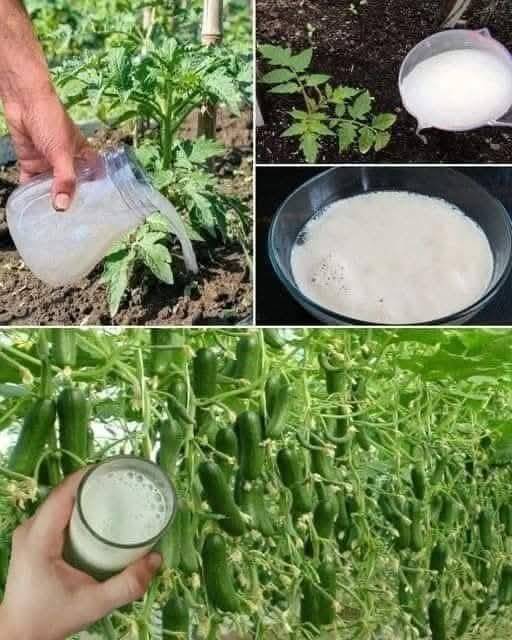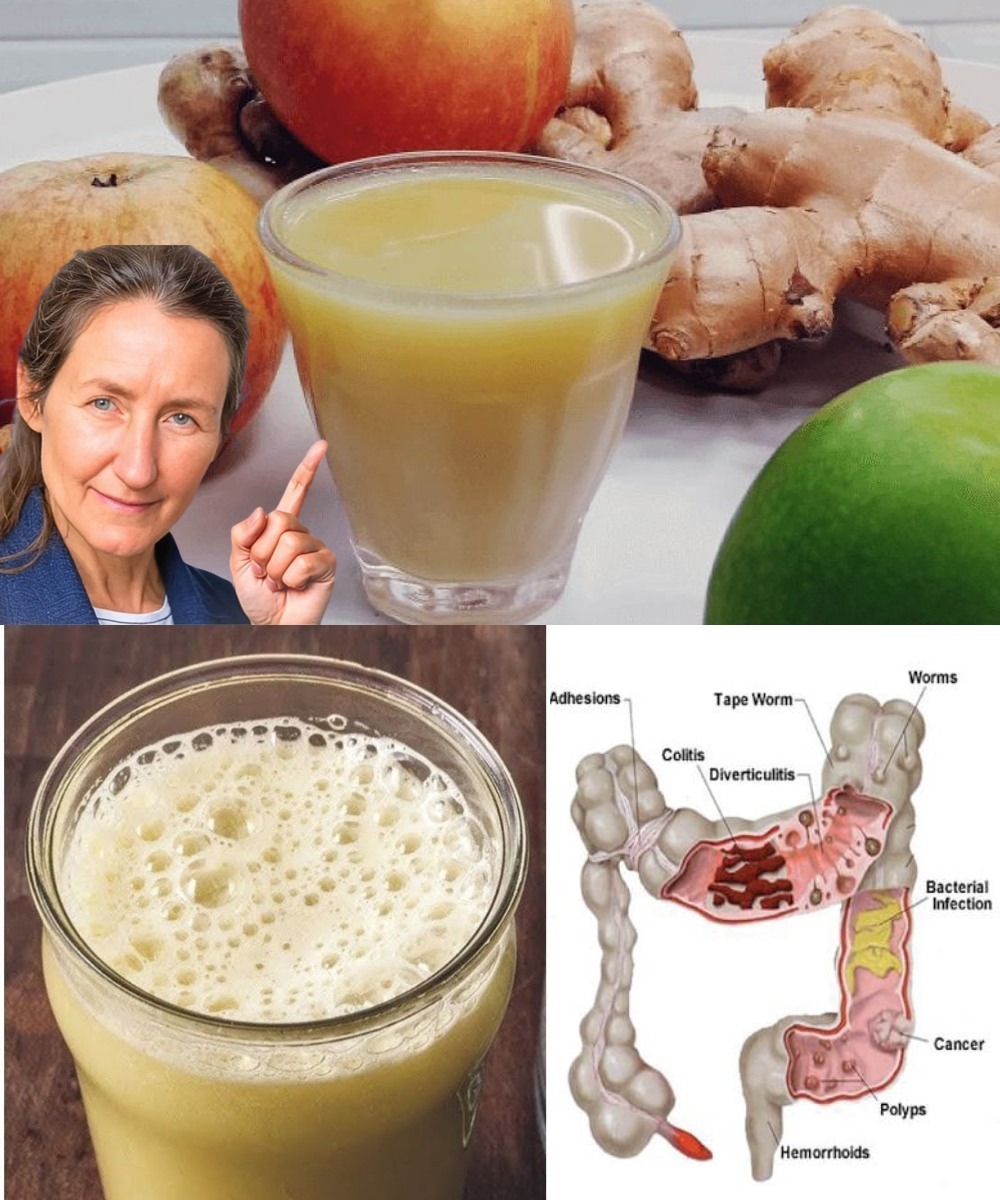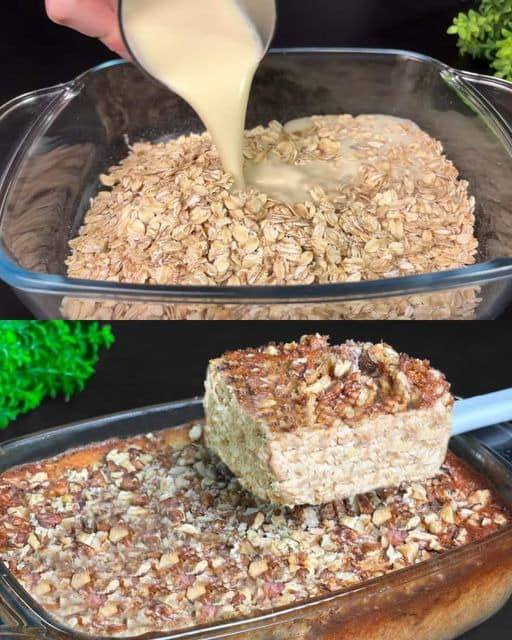Gardeners are always searching for ways to boost plant growth naturally, without resorting to chemical-laden fertilizers. If you’re looking for a powerful, organic, and inexpensive solution, yeast water might just be your garden’s best-kept secret. Garlic, tomatoes, and cucumbers—three staple vegetables in many home gardens—respond particularly well to this natural tonic. With just a few simple ingredients, you can create a biologically active fertilizer that supercharges your plants’ development, increases yield, and improves soil health.
In this article, we’ll dive into how yeast water works, the science behind it, how to make and use it, and why it’s so effective specifically for garlic, tomatoes, and cucumbers.
Why Garlic, Tomatoes, and Cucumbers Love Yeast Water
These three crops are known for their relatively high nutrient demands during the growing season. Each one has specific needs:
- Garlic needs strong root development early in its life to form large, healthy bulbs.
- Tomatoes require a nutrient-rich environment to support their vigorous vine growth and heavy fruiting.
- Cucumbers are fast growers that need a steady supply of nutrients and moisture to prevent issues like bitter fruit or stunted development.
What all these plants have in common is that they benefit tremendously from a bioactive root environment—and that’s where yeast water shines.
What Makes Yeast Water So Effective?
Yeast is a living microorganism, a type of fungus, that breaks down sugars and produces carbon dioxide and various enzymes in the process. When activated and allowed to ferment in water with sugar, yeast not only creates a bubbling, lively mixture, but it also populates the water with beneficial compounds and microbes.
Here’s why yeast water is so powerful:
- Natural Growth Hormones: Yeast releases substances that act like growth stimulants, including B-vitamins, enzymes, and amino acids. These compounds boost plant metabolism and encourage root and shoot development.
- Soil Microbial Activity: When introduced into the soil, the living organisms in yeast water can stimulate the native soil microbiome. This creates a more dynamic, bioactive root zone that helps plants absorb nutrients more effectively.
- Improved Nutrient Availability: Fermentation breaks down organic compounds into smaller molecules that plants can absorb easily. This is especially beneficial for garlic and tomatoes, which have high nutrient demands.
- Affordable and Easy to Make: Unlike commercial fertilizers, yeast water can be made from kitchen staples and doesn’t involve any synthetic chemicals.
Ingredients for Yeast Water Fertilizer
To make this powerful growth stimulant, you’ll need:
- 1 tablespoon of active dry yeast
This is the same yeast used for baking. It’s widely available and inexpensive. - 1 tablespoon of sugar
Sugar serves as food for the yeast and is essential for initiating the fermentation process. - 1 liter of warm water
Warm (not hot) water helps activate the yeast and dissolves the sugar more effectively.
Instructions: How to Make Yeast Water
Making yeast water is a simple process, but it does require a bit of time to allow for fermentation.
Step-by-Step:
- Dissolve the Sugar
Begin by pouring 1 liter of warm water (around 100°F or 38°C) into a clean glass jar or plastic container. Stir in 1 tablespoon of sugar until it’s fully dissolved. - Add the Yeast
Sprinkle in 1 tablespoon of active dry yeast. Stir the mixture gently to ensure it’s evenly distributed. - Let It Ferment
Cover the container loosely with a cloth or lid that allows airflow. Leave the mixture at room temperature for 24 to 48 hours. Stir it a few times a day to prevent sedimentation and encourage fermentation. - Look for Bubbles
You’ll know your yeast water is ready when you see small bubbles rising to the surface and a slightly yeasty smell—this means the yeast is active and the mixture is fermenting.
Application: How to Use Yeast Water as Fertilizer
Once your yeast water is fermented and bubbly, it’s time to put it to work in the garden.
Dilution Is Key
Before applying, you must dilute the yeast water to prevent over-fertilizing, which can actually harm your plants.
- Dilution Ratio: Mix 1 part of the fermented yeast water with 10 parts plain water. For example, if you have 1 cup (250 ml) of yeast water, dilute it with 2.5 liters of water.
How to Apply
- Base Watering: Pour the diluted mixture directly onto the soil around the base of each plant. Avoid getting it on the leaves, especially in hot or sunny weather, to prevent burning.
- Root Zone Focus: Make sure the solution penetrates the soil where the roots are most active. This is where the yeast water will do the most good.
Frequency
- Apply the diluted yeast water every two weeks during the growing season.
- For tomatoes and cucumbers, begin applications shortly after transplanting and continue throughout flowering and fruiting.
- For garlic, start applications once shoots emerge in early spring and continue until mid-season.
Additional Tips for Best Results
- Don’t Use Hot Water: Water that’s too hot can kill the yeast. Warm water (not exceeding 110°F or 43°C) is ideal for activation.
- Use Immediately After Dilution: Once you’ve diluted the yeast water, use it within a day or two. The effectiveness diminishes as the microbes become inactive.
- Don’t Overuse: More isn’t always better. Too much yeast water can lead to nutrient imbalances or fungal issues.
- Compost Synergy: Combine yeast water with compost tea or other organic soil boosters for a synergistic effect.
Real Benefits: What You Can Expect
Gardeners who incorporate yeast water into their routine report the following benefits:
For Garlic:
- Thicker, healthier stalks
- Stronger root development
- Larger, more uniform bulbs
For Tomatoes:
- More robust plant growth
- Earlier and more abundant fruiting
- Resistance to blossom-end rot and other nutrient-related diseases
For Cucumbers:
- Faster vine and leaf growth
- More flowers and pollinated fruits
- Reduced fruit bitterness and deformities
Beyond Garlic, Tomatoes, and Cucumbers
While garlic, tomatoes, and cucumbers are especially responsive, yeast water can benefit many other crops, including:
- Peppers
- Squash
- Eggplants
- Beans
- Leafy greens like lettuce and spinach
Even flowering plants and houseplants can benefit from occasional applications of diluted yeast water.
The Science Behind the Magic
Although yeast water may seem like a home remedy, it actually has a solid scientific basis. The yeast (Saccharomyces cerevisiae) promotes the breakdown of complex organic compounds in the soil and enhances microbial activity, both of which are essential for nutrient cycling.
The fermentation process also creates phytohormones, like gibberellins and cytokinins, which promote plant growth and stimulate flowering. Furthermore, yeast water introduces beneficial microbes to the soil, improving its structure and its ability to retain water and nutrients—an essential aspect for crops like cucumbers and tomatoes that require consistent moisture.
Final Thoughts: A Simple Secret to Explosive Growth
Whether you’re a beginner gardener or a seasoned pro, adding yeast water to your gardening toolkit is a smart move. It’s cost-effective, easy to make, and provides measurable benefits for plant health and productivity. By nurturing your plants with this bioactive, natural tonic, you’ll be setting them up for a season of vigorous growth and generous harvests.
So next time you’re planting garlic, tomatoes, cucumbers, or any hungry vegetables—remember that your secret weapon might just be sitting in your kitchen pantry. Happy gardening!





